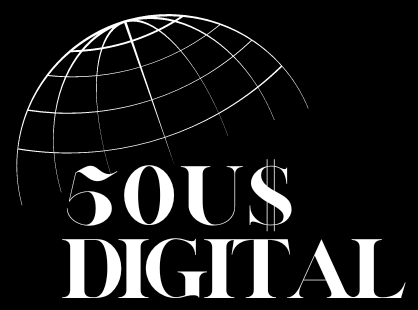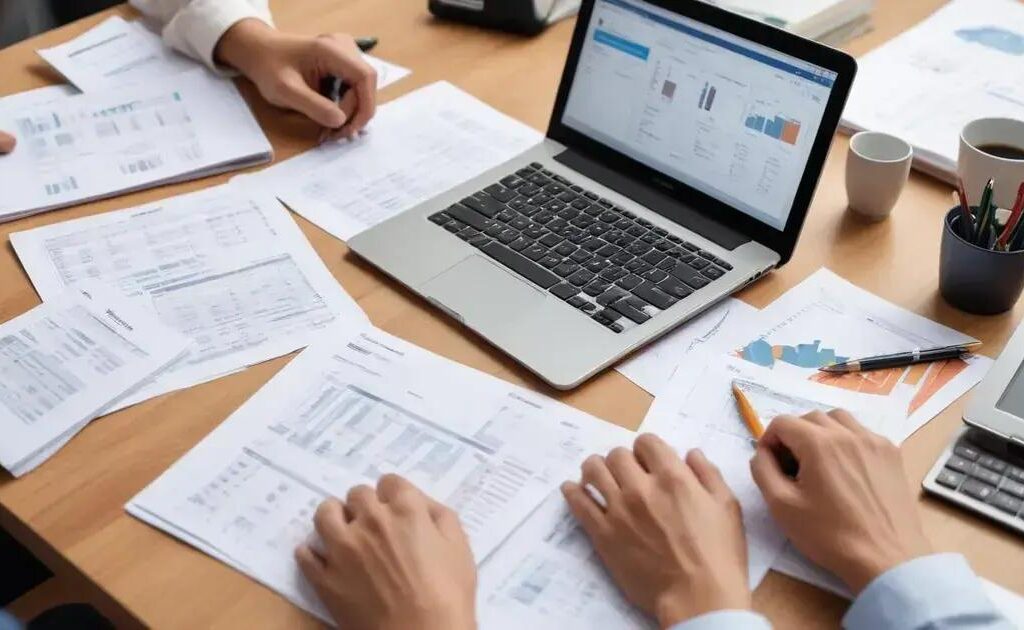Paying off debt faster involves prioritizing high-interest debts using strategies like the avalanche method, cutting unnecessary expenses, utilizing debt consolidation options, and tracking progress to maintain motivation, all helping reduce total interest paid and achieving financial independence efficiently.
Are you looking to pay off debt faster and take control of your finances? Many find it challenging to manage debt without a clear strategy. By understanding your debt landscape and creating a tailored payment plan, you can make significant progress toward financial freedom. Let’s explore strategies to help you achieve this goal.
Understanding your debt landscape
Understanding your debt landscape is the first essential step on the path to financial freedom. By having a clear grasp of your financial situation, you can tailor an effective strategy to tackle debt. Start by listing all your debts, including credit cards, personal loans, and any other liabilities. Note down essential details such as the total amount, interest rates, and minimum monthly payments for each debt.
Classify Your Debts
Categorize your debts into secured and unsecured types. Secured debts are backed by collateral, such as a mortgage or auto loan. Unsecured debts, like credit card debt, lack such security but usually come with higher interest rates. Recognizing these differences is crucial for prioritizing repayment strategies.
Assess Your Credit Report
Review your credit reports from major credit bureaus to ensure all details are accurate and up-to-date. Knowing your credit score provides insights into your financial health and can help you plan how aggressively you need to tackle your debts.
Understanding your debt landscape also involves considering your income and expenses. Draft a budget that reflects all these factors, ensuring you allocate funds wisely to manage debt effectively. With a clear picture of your financial obligations and resources, you’re well on your way to creating a strategic plan to pay off debt faster.
Creating a personalized payment plan

Creating a personalized payment plan is crucial for managing and eliminating debt effectively. Start by listing all your debts and categorize them by the interest rate, from highest to lowest. This strategy allows you to focus on paying off high-interest debts first, minimizing the total interest paid over time.
Establish a Budget
Analyze your monthly income and expenses to establish a realistic budget. Allocate a portion of your income specifically for debt repayment. Consider areas where you can cut back on expenses to free up more funds for paying down debt.
Set Clear Goals
Define clear financial goals regarding debt repayment. Determine a timeline for when you want to be debt-free and calculate how much you need to pay monthly to achieve this. Using an online debt calculator can help visualize progress and keep you motivated.
Regularly review and adjust your payment plan as necessary, especially after significant life changes such as a new job or financial windfall. Flexibility is important to ensure the plan remains manageable and effective.
Prioritizing high-interest debts
Prioritizing high-interest debts is a smart tactic to reduce the overall interest you pay on borrowed money. These debts usually include credit cards and high-interest loans. By focusing on them first, you can save money in the long run. Start by organizing your debts from the highest interest rate to the lowest.
Avalanche Method
The avalanche method is a popular technique for tackling high-interest debts. With this approach, allocate extra funds toward paying off the debt with the highest interest rate while making minimum payments on others. Once that debt is cleared, move to the next highest, creating a snowball effect that accelerates your repayment process.
While some people find this method challenging, the financial benefits can be substantial. Consider setting up automatic payments to ensure you remain on track, avoiding late fees and further interest accrual.
Utilizing debt consolidation options

Utilizing debt consolidation options can simplify your repayment process by combining multiple debts into a single loan with a lower interest rate. This strategy can make it easier to manage payments and might reduce the total interest you pay over time. It’s especially useful for those juggling several high-interest debts.
Consider a Balance Transfer
A balance transfer is one way to consolidate debt, particularly credit card balances. By transferring all your balances to one card with a lower interest rate, you can potentially save money. Look for promotional offers that provide low or zero-percent interest for an introductory period.
Explore Personal Loans
Another option for debt consolidation is taking out a personal loan. Compare rates from various lenders to find the best deal. A personal loan could offer a lower interest rate and a fixed monthly payment, making it easier to plan and adjust your budget.
Before consolidating, evaluate any fees associated with the options and ensure the terms align with your financial goals. Successful consolidation requires discipline in repayments to avoid accumulating new debt.
Cutting expenses to increase payments
Cutting expenses to increase payments can accelerate your journey to becoming debt-free. By identifying and reducing non-essential spending, you can allocate more funds to paying off your debts. Begin by examining your monthly spending habits and categorizing expenses into necessities and luxuries.
Track Your Spending
Use budgeting tools or apps to track your spending closely. This can help you pinpoint areas where you can cut back. Regularly reviewing your expenses allows you to adjust your budget and make informed decisions about where to save.
Reduce Unnecessary Costs
Consider cooking at home instead of dining out, canceling unused subscriptions, and searching for discounts or deals for necessary purchases. Small changes in daily habits can result in substantial savings over time, which can be redirected toward debt payments.
Focus on maintaining a sustainable lifestyle while gradually increasing the amount you pay toward debts. This balance ensures you stay motivated and on track to reach your financial goals.
Tracking progress and staying motivated

Tracking progress and staying motivated are key components in the journey to pay off debt faster. Regularly reviewing your progress can provide a sense of accomplishment and highlight areas where adjustments may be needed. Start by setting clear milestones for your debt repayment journey.
Use Tracking Tools
Utilize apps or spreadsheets to track your progress. These tools can help visualize your journey, keeping you aware of how much debt has been paid off and what remains. Celebrate small victories as you reach each milestone to stay encouraged.
Stay Motivated
Find ways to maintain motivation, such as sharing your goals with friends or family, who can offer support and accountability. Reward yourself with small treats or activities when you achieve key targets. This balance of tracking and rewards keeps the process positive and productive.
Regularly revisit your goals to ensure they remain achievable and adjust your strategies if necessary. Persistence and a positive outlook are crucial to overcoming challenges along the way.
Conclusion: Achieving Financial Freedom
Paying off debt faster is not just about freeing yourself from financial burdens; it’s about building a secure and stable future. By understanding your debt landscape, creating a tailored payment plan, and prioritizing high-interest debts, you pave the way to success.
Exploring debt consolidation options and cutting unnecessary expenses further empower you to tackle debt aggressively. Tracking progress keeps you motivated and ensures you stay on course. Each step brings you closer to financial freedom, allowing you to focus on new opportunities.
Stay disciplined and committed to your goals. By doing so, not only will you achieve freedom from debt, but you’ll also build the foundation for a brighter financial future.
FAQ – Frequently Asked Questions about Paying Off Debt Faster
What is the most effective way to prioritize high-interest debts?
The avalanche method, which focuses on paying off debts with the highest interest rates first, is effective in reducing overall interest costs.
How can I track my debt repayment progress effectively?
Use budgeting apps or spreadsheets to monitor payments and progress, setting milestones and celebrating achievements along the way.
What are debt consolidation options?
Debt consolidation involves combining multiple debts into a single loan with a lower interest rate, simplifying the repayment process.
How do I cut expenses to free up more money for debt payments?
Review your spending habits, identify non-essential expenses, and make adjustments, such as reducing dining out or subscription services.
Why is creating a personalized payment plan important?
A personalized payment plan helps ensure that you address your specific financial situation and goals, making debt management more effective.
What role does motivation play in paying off debt faster?
Staying motivated is crucial for maintaining progress. Set clear goals, track achievements, and reward yourself to stay focused on your journey.
















